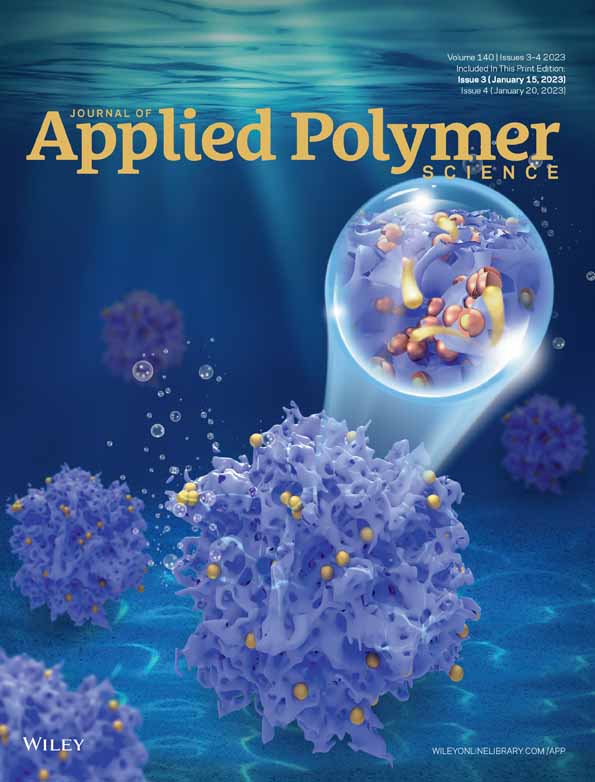Nanocomposite polymer electrolytes for solid-state lithium-ion batteries with enhanced electrochemical properties
Funding information: Fundamental Research Program of Shanxi Province, Grant/Award Number: 202103021224177; The Key Laboratory research Foundation of North University of China and Shanxi Key Laboratory of Advanced Carbon Electrode Materials, Grant/Award Number: 202104010910019
Abstract
Solid-state polymer electrolytes (SPEs) have attracted significant attention owing to their improvement in high energy density and high safety performance. However, the low lithium-ion conductivity of SPEs at room temperature restricts their further application in lithium-ion batteries (LIBs). Herein, we propose a novel poly (ethylene oxide) (PEO)-based nanocomposite polymer electrolytes by blending boron-containing nanoparticles (BNs) in the PEO matrix (abbreviated as: PEO/BNs NPEs). The boron atom of BNs is sp2-hybridized and contains an empty p-orbital that can interact with the anion of lithium salt, promoting the dissociation of the lithium salts. In addition, the introduction of the BNs could reduce the crystallinity of PEO. And thus, the ionic conductivity of PEO/BNs NPEs could reach as high as 1.19 × 10−3 S cm−1 at 60°C. Compared to the pure PEO solid polymer electrolyte (PEO SPEs), the PEO/BNs NPEs showed a wider electrochemical window (5.5 V) and larger lithium-ion migration number (0.43). In addition, the cells assembled with PEO/BNs NPEs exhibited good cycle performance with an initial discharge capacity of 142.5 mA h g−1 and capacity retention of 87.7% after 200 cycles at 2 C (60°C).
Open Research
DATA AVAILABILITY STATEMENT
The data that support the findings of this study are available from the corresponding author upon reasonable request.




